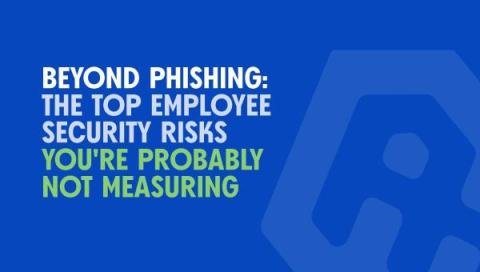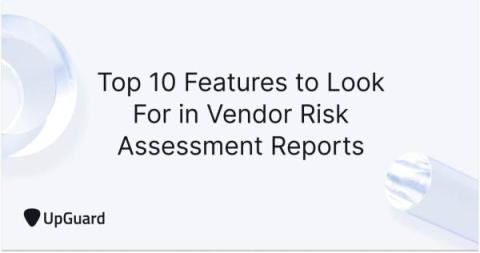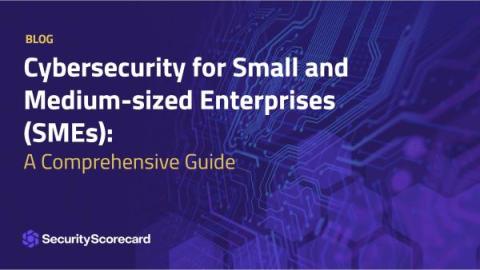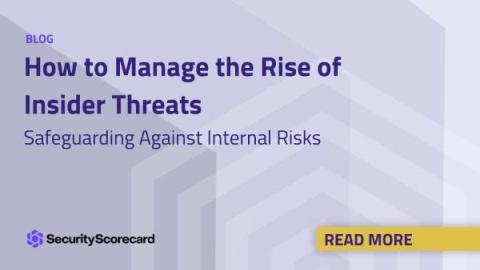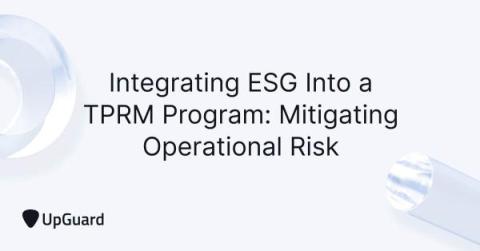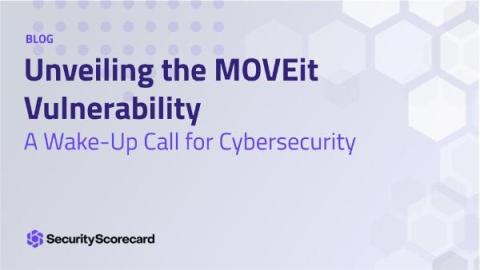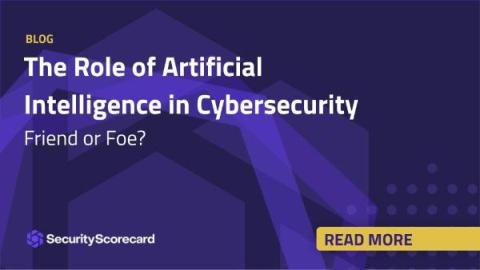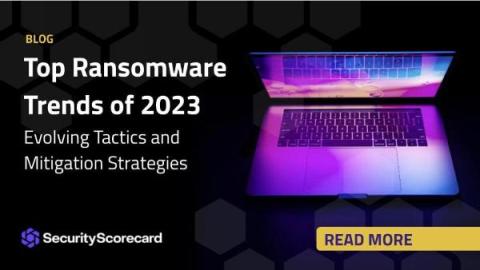Security | Threat Detection | Cyberattacks | DevSecOps | Compliance
Latest News
Beyond phishing: The Top Employee Security Risks You're Probably Not Measuring
Unveiling Application Security: Threats, Tools, and Best Practices for 2024
Top 10 Features to Look For in Vendor Risk Assessment Reports
Cybersecurity for Small and Medium-sized Enterprises (SMEs): A Comprehensive Guide
Cybersecurity is a critical concern for businesses of all sizes, but small and medium-sized enterprises (SMEs) often face unique challenges. With limited resources and expertise, SMEs can be particularly vulnerable to cyber threats. However, safeguarding digital assets and information is crucial for maintaining business integrity and customer trust. This comprehensive guide aims to provide SMEs with valuable insights into developing a cybersecurity strategy tailored to their specific needs.
How to Manage the Rise of Insider Threats
Modern businesses are constantly adapting to external cyber threats, investing heavily in firewalls, antivirus software, and other defensive measures. However, a growing concern that often flies under the radar is the rise of insider threats. These threats emanate from within an organization, posing a significant risk to sensitive data, intellectual property, and the overall security posture.
Integrating ESG Into a TPRM Program: Mitigating Operational Risk
Unveiling the MOVEit Vulnerability
In the ever-evolving landscape of cybersecurity, staying ahead of potential threats is a perpetual challenge for businesses. One recent vulnerability that has sent shockwaves through the corporate world is the MOVEit vulnerability. This flaw, discovered in widely used file transfer software, has had a profound impact on companies across various industries.
The Role of Artificial Intelligence in Cybersecurity
The integration of artificial intelligence (AI) into various domains has become ubiquitous. One area where AI’s influence is particularly pronounced is in cybersecurity. As the digital realm expands, so do the threats posed by cybercriminals, making it imperative to employ advanced technologies to safeguard sensitive information.
Top Ransomware Trends of 2023
In recent years, the landscape of cyber threats has witnessed a dramatic shift, with ransomware emerging as a formidable and ever-evolving menace. As organizations and individuals become increasingly dependent on digital infrastructure, cybercriminals are quick to adapt their tactics, making it crucial to stay abreast of the latest trends in ransomware.



